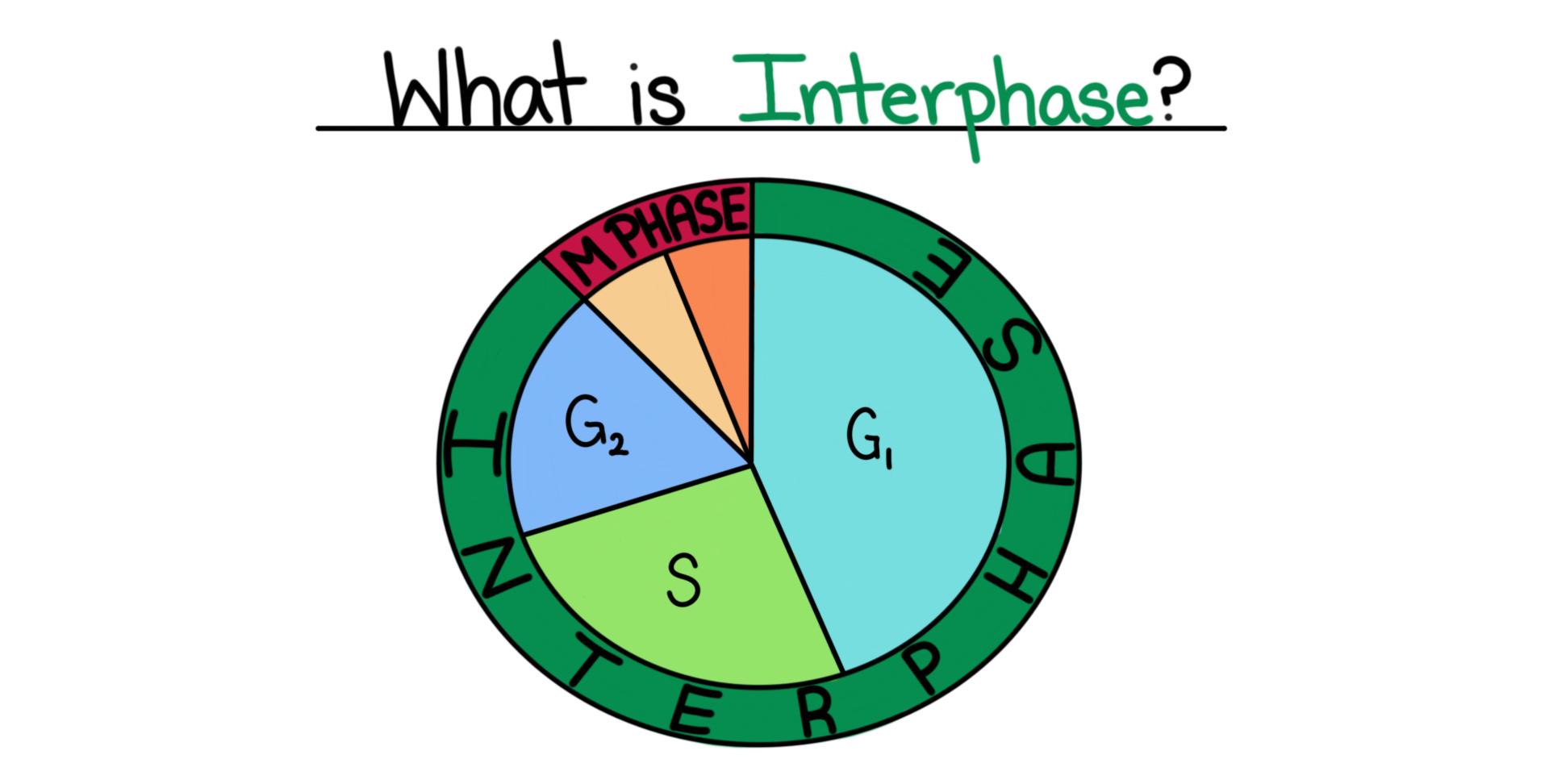Wax is an example of a substance made of this biomolecule.
What are lipids?
The name of the process of a cell's self-destruction.
What is apoptosis?
What is the nucleoid?
Two types of organisms made up of eukaryotic cells
What are animals and plants?
Más vale pájaro en mano...
... que cientos volando
Catalase is an example of this type of protein.
What is an enzyme?
The phase of the cell cycle that contains stages G1, S, and G2.
What is the interphase?

The main difference between Eukaryotic and Prokaryotic cells is that one type of cell has this organelle while the other does not.
What is the nucleus?
What is spontaneous generation?
Guess this class's average score for the second partial quiz. (acceptable within ±5%)
70%
The chemical structure in the following image corresponds to this monomer.

What is an amino acid?
Two stages BEFORE mitosis that contain a check point.
What are the G1 and G2 phase?
Name two of the pieces of evidence for endosymbiois.
If I took an organism from Earth to Mars and made it live and thrive there, it would be similar to this theory of the origin of life.
What is Panspermia?
Tell me something I don't know.
Huh, nice
The part of the chemical structure of a nucleotide that determines the name of said nucleotide.
What is the nitrogenous base?

Stage of Meiosis I in which chromosomes are separated and pulled in opposite directions of the cell.
What is Anaphase I?
The four cellular structures present in ALL types of cells.
Plasma membrane, cytoplasm, ribosomes, DNA
Name at least two of the ingredients needed to make life according to the theory of Chemical Evolution.
1. Various gases (methane, ammonia, hydrogen)
2. Water vapor
3. High energy
How old am I?
24
The name for the pentose sugar contained in DNA and RNA respectively.
What are deoxyribose and ribose?
Term used to refer to the number of sets of chromosomes present in the nucleus of a cell.
What is Ploidy?
Name one of the two organelles exclusive to animal eukaryotic cells.
Lysosomes and centrioles
Explain the theory of endosymbiosis.
The first mitochondria and chloroplasts were prokaryotic cells that were engulfed by larger prokaryotes about 1.5 billion years ago, and that instead of being digested, they survived inside their hosts to give rise to these eukaryotic organelles. (or something similar)
Choose your luckiest fighter.
